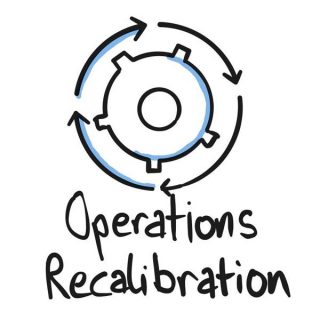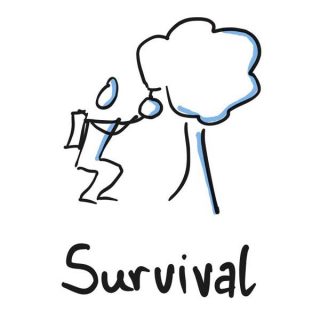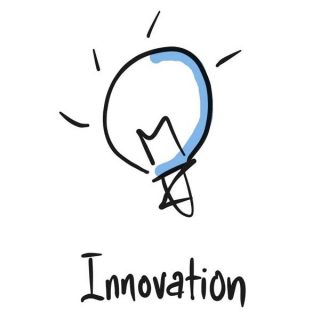 Back to Resources
Back to Resources
We at EPiC, work with some of Australasia’s biggest organisations on their business agility strategy and implementation. We provide clear and simple guidance on how to drive transformation. This capability allowed our Singapore tribe to comfortably support whole organisations as they suddenly moved to working remotely in the face of the COVID-19 crisis.
We provided advice and experience in adapting to a new norm, and how to put stability back into the system and start innovating on new products and services.
As organisations all over the globe now contend with a new way of running their business, we would like to share our knowledge with you.
Read the other layers of the Sur-Thrival Guide:
1. Reflection
With reality setting in of what a mammoth impact COVID-19 is having on all aspects of our world, we encourage business leaders to take time to step back from the disorder that you are currently navigating through. Stop and take a critical look at how you’re currently positioned to handle this unprecedented time.
We’ve noticed that two types of responses have been born from this unparalleled event:
- State of fear; facing challenges to set up teams to work remotely, unsure how to stop or reduce economic impact, uncertain how to manage teams that are no longer physically together.
- Stabilising & Accepting the new norm; reprioritised business focus, teams are stable and productive, and innovating products and services to adapt to this new way of working
Where does your organisation sit on the COVID-19 curve?

Could it be that part of your business has adapted, and other parts are in freefall? What action are you going to take to move all aspects of your business from the left side of the curve to the right side?
2. Operations Recalibration
Without a doubt, your business value chain has been disrupted. You need to look at levelling up your operations to effectively enable remote working, and reprioritise to focus on the most valuable products and services your customers and business will benefit from.
Challenge yourself to take a deeper look, and think critically about how your business has been running and where there may have already been parts not working at full capacity.
Your business is likely to never be the same again, the time is right now to adjust and make the changes that will mean the difference between coming out the other side of this or not.
Your people are key to keeping the business humming. Providing the right tools, clear & ongoing communication, and support & guidance is essential for your teams to adjust to working from home.
Once teams are adequately set up to work remotely, bring people together to understand how work is being pushed through the system and consider its quality and value. Make decisions about what efficiency improvements are needed, and recalibrate the system to prioritise only the products and services that are of the highest value in this new world. These are the first steps to stabilisation and resilience.
In addition, think about what new capabilities your people may need in this new environment to competently support your business and it’s customers. This could be anything from how to use remote tooling, how to facilitate online workshops, how to develop and build new products or simply how to mobilise and stabilize their new ways of working.
3. Survival
This is by far the most difficult area to lean into. Facing into this responsively now rather than reactively later, will set you up for a much more desirable outcome.
Some organisations are taking a very traditional approach and making decisions behind closed doors. They are trying to stem the bleeding by cutting costs with a big emphasis around reducing employee hours and days, and ultimately standing people down.
Leverage your people before it comes to this, they are after all your greatest asset!
Take the opportunity to talk to your people about what your worst-case scenario is, and then ask them to come up with creative ideas and solutions that could help you avoid it from ever happening. And if it does, let them help you decide what you will do about it. Nothing should be off-limits or out of the question. This is survival after all. The normal rules simply don’t apply.
Our suggestion is to allow this to happen through self-forming, self-organised, self-managed, teams of 5 from across different facets of the business. Give them the time and space to have honest and crucial conversations, so they can come up with your survival strategies. As a leader, don’t get in their way, enable it to happen.
At EPiC, we have a 3-stage survival strategy, each of those stages have 6 different components to it. We call these pressure valves. All up that gives us 18 different pressure valves to release if things progressively get worse. Each of those valves are designed to relieve the system and enable us to continue with greater flexibility than before.
4. Opportunity
As a business owner or leader, you need to look to strengthen your business by understanding the opportunities that present themselves in this new climate (small or large).
Market sizes have already dramatically shifted and changed. Brand new customer needs and segments are emerging during these extraordinary times and you may have to start to explore areas that you weren’t even previously thinking about. When doing this, think about how your company’s CAPABILITY can be leveraged to meet these opportunities.
Don’t be stuck thinking about your current products and services, as these may no longer be relevant. Again, this is where you need to remember that your people are your most strategic asset.
What can they do with your people’s creative minds, talent and skills that could help you see and understand these opportunities.
Take control and adopt a business agility approach, that will give you the flexibility you need to experiment and test and learn. Apply a positive mindset. Involve all areas of the organisation, and together truthfully assess where you are, and build out a transparent strategic plan on how the business is going to adapt and reprioritise to survive and ultimately thrive.
5. Innovation
Once you have given space to see and understand the opportunity, give your teams the capacity to double down and innovate, focusing on how to develop new products and services, or tweak the old ones to maintain relevance.
It is key that you involve your customers in this thinking, work with them to understand what their developing needs are and adjust what you do around that.
Use low-fi or light touch experiments to develop new or refined products and services and don’t aim for perfection – apply the 80/20 rule. This can balance speed of development with customer feedback to keep your teams on the right track and responsive, especially in such a volatile environment.
Reach Out
We hope these 5 elements have helped but if you would like further assistance, we’d love to help! This is what we do as Business Agility coaches and we are here to help in these situations. If you have any questions or would like help to facilitate these sessions and conversations, reach out to us here: Contact Us










